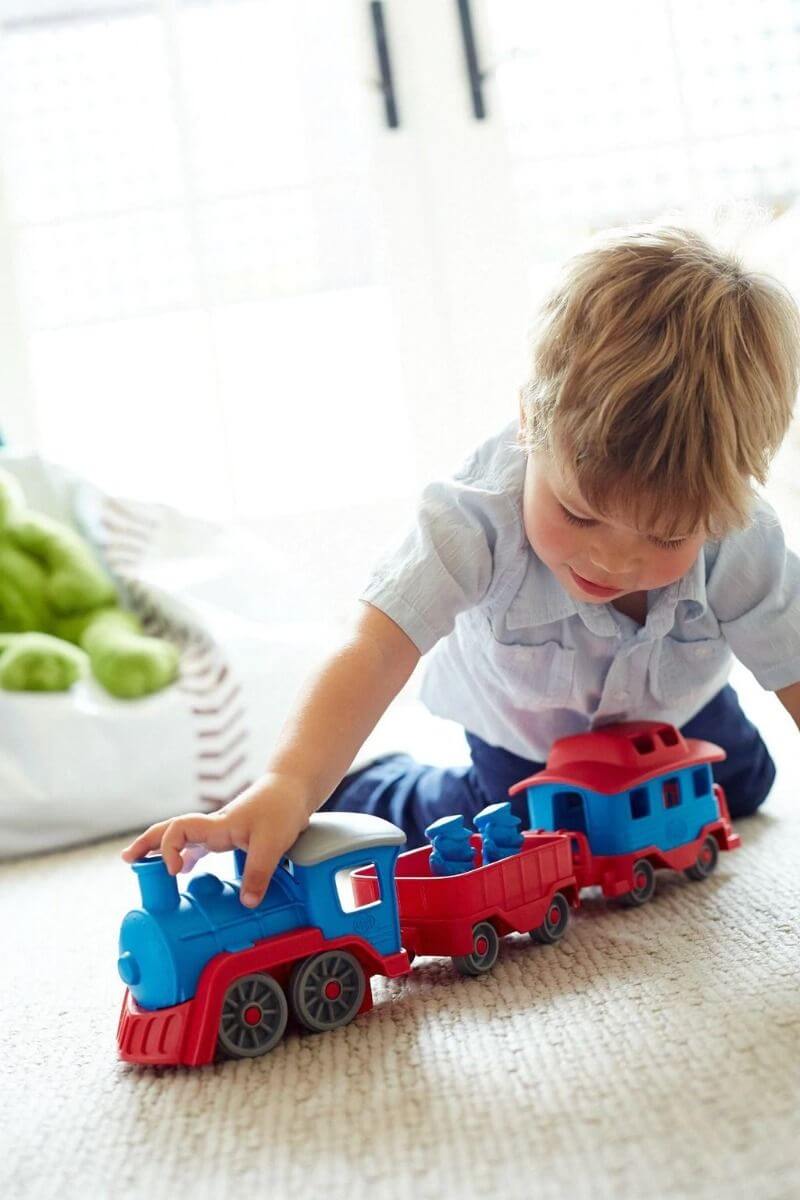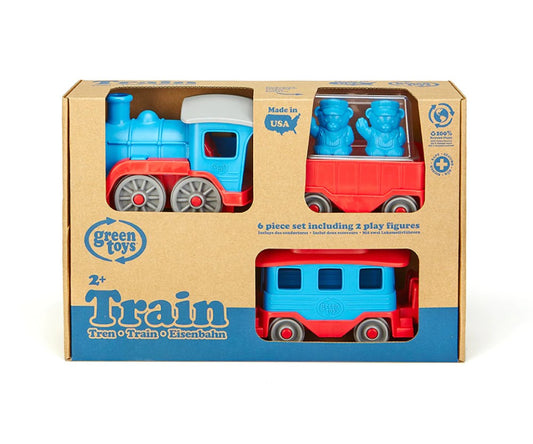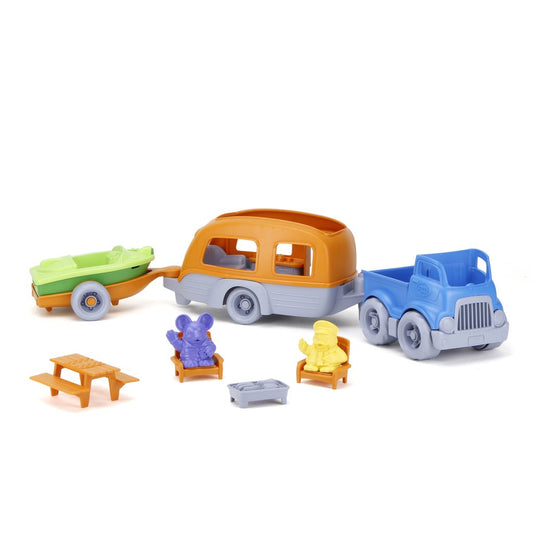
Hidden Dangers in the Toybox: The Harmful Effects of PVC Toys on Children's Health
Share
Playing is an essential part of childhood, fostering creativity, exploration, and learning. However, the materials that toys are made of can have a significant impact on children's health and the environment. One such material is PVC (polyvinyl chloride), a widely used plastic that can release toxic chemicals. In this blog post, we delve into the harmful effects associated with playing with toys that contain PVC, shedding light on the potential risks and the importance of safer alternatives.
Health Risks for Children:
1. Phthalates Exposure: Phthalates are common additives in PVC toys, used to increase flexibility. However, these chemicals have been linked to hormone disruption, developmental issues, and reproductive harm in children. The vulnerability of babies and young children to these effects is heightened due to their developing bodies.
2. Lead Exposure: Lead is sometimes used as a stabilizer in PVC toys, posing serious health risks. Exposure to lead can result in developmental delays, cognitive impairment, and behavioral problems in children, even with minimal exposure.
3. Asthma and Respiratory Issues: PVC toys can release volatile organic compounds (VOCs) and other toxins into the air, contributing to indoor air pollution. This can worsen asthma and respiratory problems, especially in children with heightened susceptibility.
Environmental Impact:
1. Production and Pollution: PVC manufacturing releases harmful chemicals into the air and water, affecting local ecosystems and communities. The environmental impact of production can extend beyond initial use.
2. Long-lasting Pollution: PVC is not easily biodegradable and can persist in the environment for extended periods. This contributes to plastic pollution in both oceans and landfills, posing a threat to wildlife and ecosystems.
Endocrine Disruption: Certain additives in PVC toys, such as phthalates, disrupt the endocrine system, leading to a range of health issues, including developmental and reproductive problems.
Choking and Ingestion Hazards: PVC toys can also pose physical hazards. Poorly manufactured toys can break into small pieces, posing choking hazards for young children.
Choosing Safer Alternatives: To protect children's health and the environment, it's crucial to opt for toys made from safe materials, such as BPA-free plastics, natural wood, and organic fabrics. Reading product labels, selecting toys from reputable brands, and being aware of potential PVC-related hazards can ensure a safer playtime experience for children.
At Sprout Babies, Safety is Paramount: At Sprout Babies, we prioritize your child's health and safety above all else. That's why all the toys we offer are PVC-free, providing you with peace of mind and allowing your children to enjoy playtime without unnecessary risks. By choosing toys from our collection, you're investing in your child's well-being and contributing to a healthier environment for everyone.**










